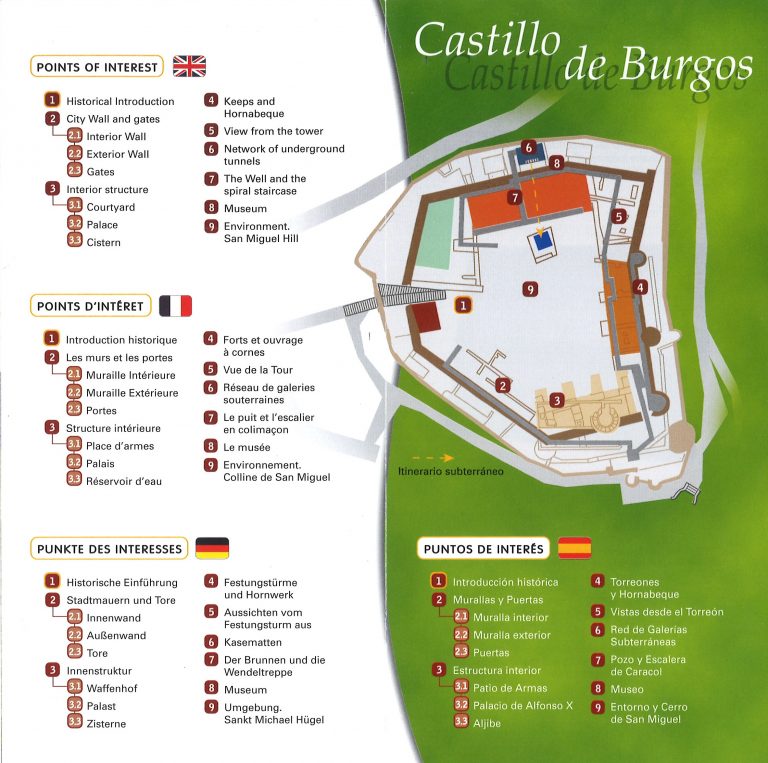L’importance du château a grandi en même temps que celle de la ville jusqu’à ce qu’une forteresse royale somptueuse soit dressée à l’intérieur. Le siège dont il fut victime pendant la guerre de succession castillane a été un moment particulièrement important, au cours duquel les partisans de l’Infanta Juana la Beltraneja résistèrent pendant plusieurs mois aux assauts des troupes en défense du trône d’Isabel la Catholique.
Après des siècles d’abandon et d’incendies, le château reprend de l’importance et se transforme pendant la guerre d’indépendance en s’adaptant à l’artillerie moderne et aux nouvelles tactiques de guerre. Son rôle a été crucial lorsque les troupes anglo-portugaises placées sous le duc de Wellington attaquèrent le château en 1812. Malheureusement, les troupes françaises ont mis fin à leur occupation en 1813 lorsqu’elles volèrent l’arsenal du château, le réduisant en ruine.
Le Château est devenu une silhouette qui évoque les remparts et les cubes qu’il avait autrefois. Le parc qui l’entoure a été transformé en une forêt reboisée devenue un magnifique espace de loisirs à peu de distance de marche du centre-ville. Les murs du Château et le mirador voisin offrent une excellente vue panoramique sur Burgos et sa cathédrale.
Saviez-vous que… À titre de curiosité, le Château conserve son puits médiéval recouvert de pierres de taille en parfait état de conservation et son mystérieux escalier en colimaçon qui l’entoure jusqu’à près de 63 mètres de profondeur, en plus d’un enchevêtrement de galeries mystérieuses qui surprennent tous ceux qui les visitent.
Pour en savoir plus: “Siège du château”
Guide vidéo du Château sur votre téléphone:




